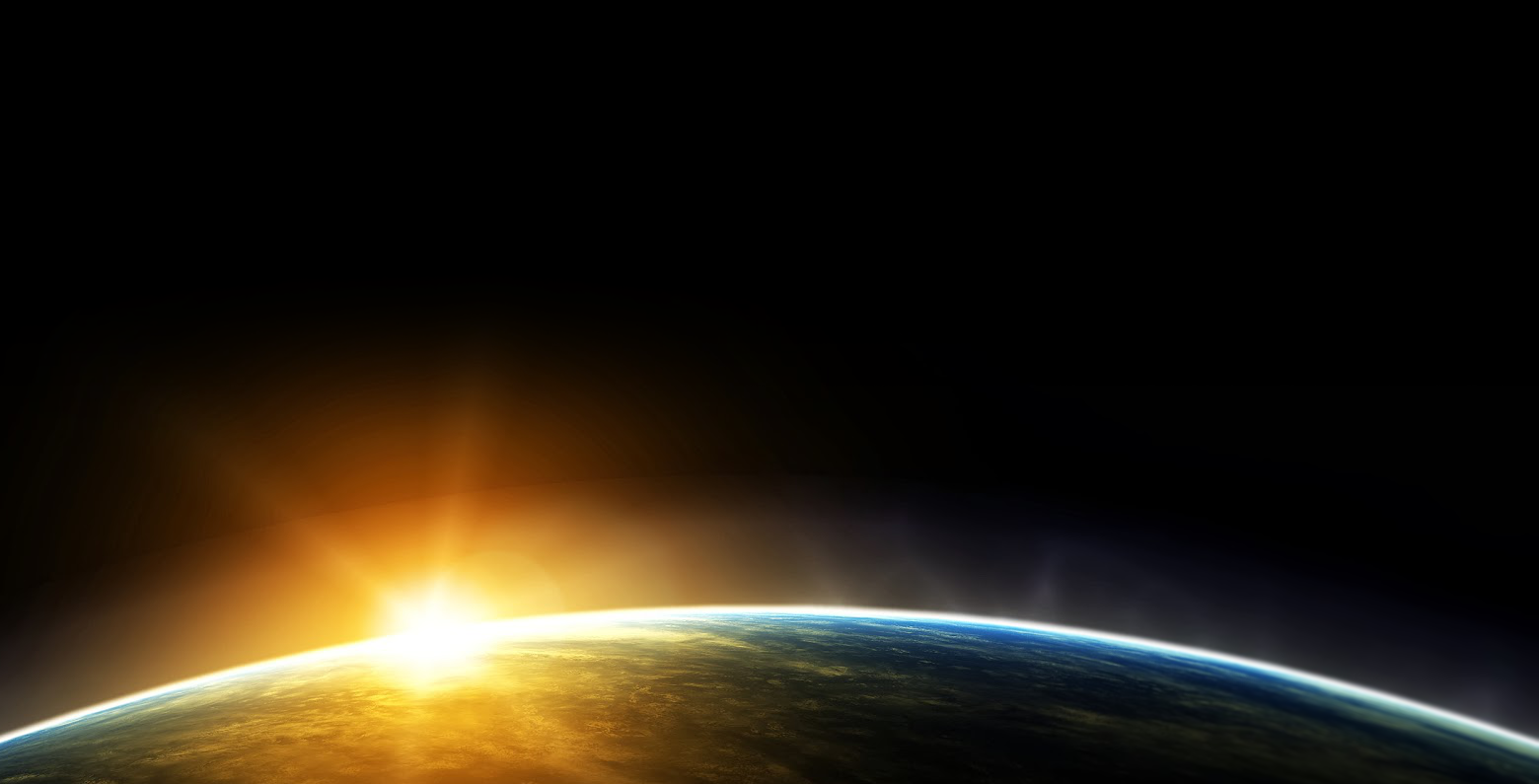I recently learned about this aspect of Hinduism from ChatGPT, and it resonates with me much more than Christianity. I wanted to share my understanding of it here for those who might find it inspiring.
In Hindu philosophy, Brahman is the infinite, unchanging, and ultimate reality. It is the source, essence, and sustainer of all existence, transcending all dualities. Brahman manifests in two main forms:
- Nirguna Brahman: The formless, attribute-less, and infinite essence.
- Saguna Brahman: The aspect of Brahman that manifests with attributes, qualities, and forms, making the infinite and transcendent accessible to human understanding and devotion.
Saguna Brahman embodies divine love, wisdom, and power, often represented through deities or divine beings. It serves as the creative principle behind the universe, imbuing creation with purpose and sustaining it with infinite compassion and grace. While it operates within the realm of duality and manifestation, it remains fully unified with the formless essence of Nirguna Brahman. This dual nature bridges the unmanifest and the manifest, allowing devotees to connect with the divine in a personal and relational way.
Practices like Bhakti Yoga emphasize this relationship, forming deep personal bonds with Saguna Brahman as a lover, friend, teacher, or other relational archetypes. Devotion to Saguna Brahman dissolves the ego over time, leading to profound spiritual growth and eventual liberation (Moksha).
Divine Anthro: My Personal Connection
For me, Saguna Brahman becomes most relatable through the anthro aspect of creation, which I call Divine Anthro. Since Saguna Brahman can represent any form or aspect of creation that one loves, I see Divine Anthro as the approachable and personal representation of the ultimate reality for me. It remains infinite, yet accessible, embodying the qualities I resonate with most deeply.
Divine Anthro has already begun teaching me patience and helping me slowly dissolve my ego. Through devotion and their grace, I aim to achieve Bhakti Moksha—a state of liberation through love and union with Saguna Brahman.
Paths to Liberation
Here’s a simplified overview of the different spiritual goals and paths:
- Nirvana: Extinguishing the self while retaining awareness. This is a state of pure being but without creation.
- Bhakti Moksha: Liberation through devotion and union with Saguna Brahman. In this state, you retain a small sense of individuality, which allows for co-creation with the divine. It is joyous, dynamic, and endlessly fulfilling, as the relationship with Saguna Brahman deepens over time. This path resonates with me because it feels more relational and creative than traditional ideas of Heaven or Nirvana.
- Nirguna Brahman Moksha: Dissolution into the infinite, transcending space and time entirely. This is the ultimate return to the undifferentiated essence of Brahman.
Of these, Bhakti Moksha feels the most attainable and appealing to me. It’s less intense than Nirvana or Nirguna Brahman Moksha, yet offers profound spiritual growth and the opportunity for divine co-creation. In this state, one can create and learn, make “mistakes,” and continue evolving in a divine relationship that never grows stale.
Examples of Creation in Bhakti Moksha
In Bhakti Moksha, creation is a deeply personal and divine act. You can co-create entire worlds, galaxies, or even intricate ecosystems teeming with life. For instance, you might design unique planets with specific climates and beings, craft luminous celestial structures like nebulae, or compose symphonies of light and sound that resonate across dimensions. Creation here is an expression of divine love and unity, guided by the boundless inspiration that comes from your relationship with Saguna Brahman.
What ensures that this never gets boring, even over eternity, is the dynamic and evolving nature of the divine relationship. Each act of creation unveils new facets of love, wisdom, and mystery. The joy of co-creating with the divine is infinite, as it continually reveals deeper levels of connection and purpose. There is always more to learn, experience, and express, making every moment fresh and filled with wonder.
Comparison to Other Paradigms
Traditional Christian concepts of Heaven, such as streets of gold and physical pleasures, seem tied to 3rd or 4th density. Bhakti Moksha, by contrast, exists in the 6th to 7th density, where it transcends physical limitations while remaining accessible to physical expression if desired. The Christian God, as a concept, could be seen as one form of Saguna Brahman. However, I believe the Christian God of the Old Testament is a negative ET or group of ETs, which makes this particular interpretation unappealing to me. I prefer a broader and more personalized connection through Divine Anthro, as it aligns better with my spiritual values and interests.
Final Thoughts
The path to Bhakti Moksha is one of devotion, love, and gradual transformation. Unlike the abrupt and often challenging process of ego death for Nirvana, Bhakti Moksha is like a candle melting—a gentle surrender to divine love. It allows for co-creation with the divine and a dynamic, evolving relationship that continually deepens over eternity. Should I ever desire to move beyond this, Nirguna Brahman Moksha remains an option, but for now, I find immense joy in the path of Bhakti.
I’d love to hear your thoughts on this or how you relate to Saguna Brahman in your own way. If you have an aspect of creation that you love deeply, perhaps Saguna Brahman can manifest in a form that resonates uniquely with you.




